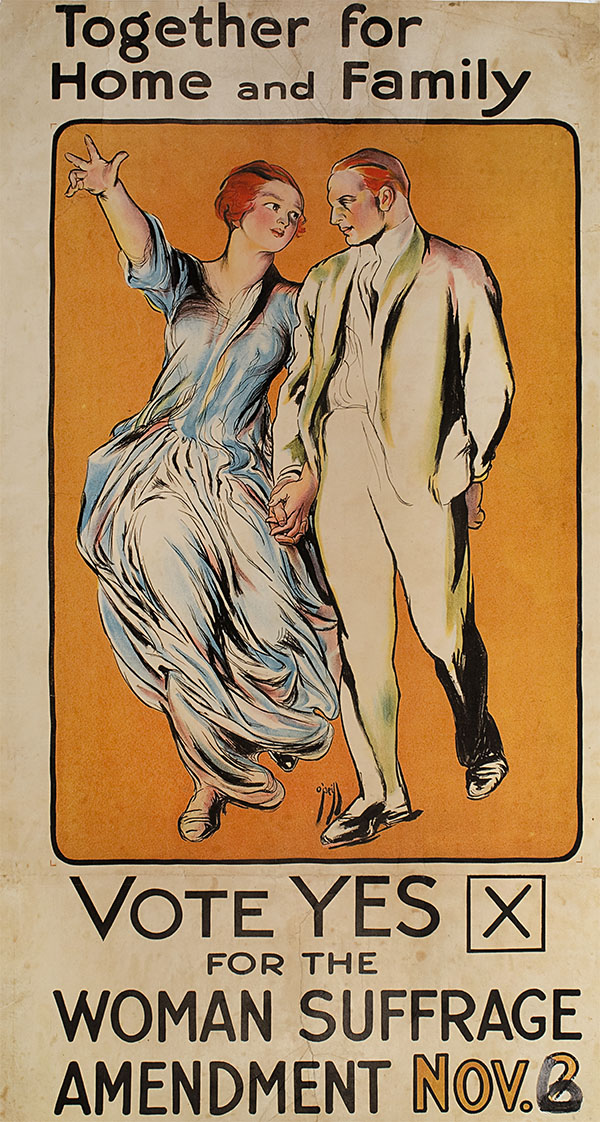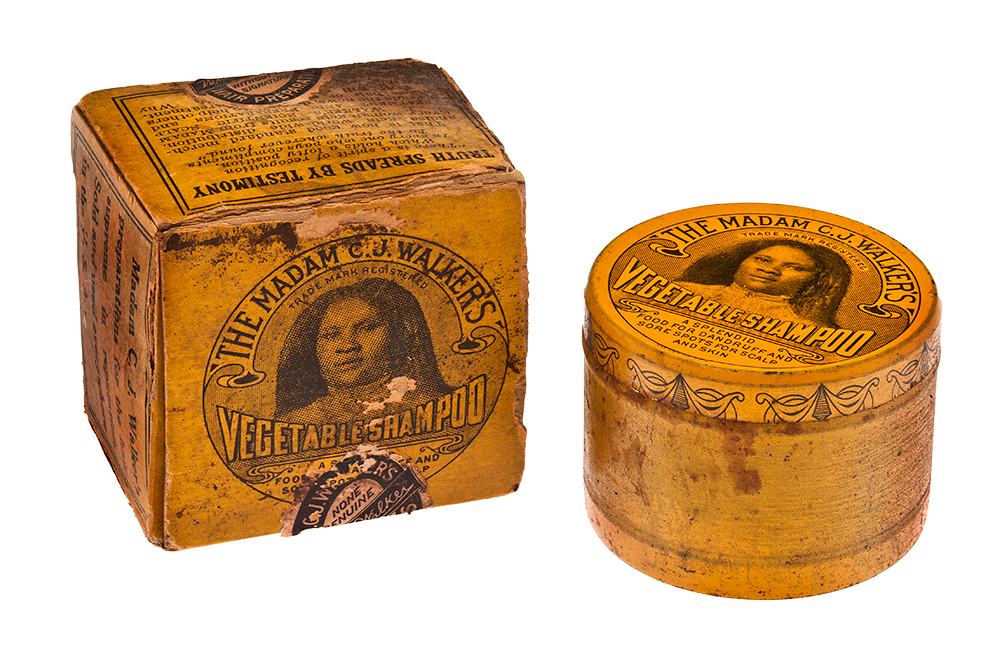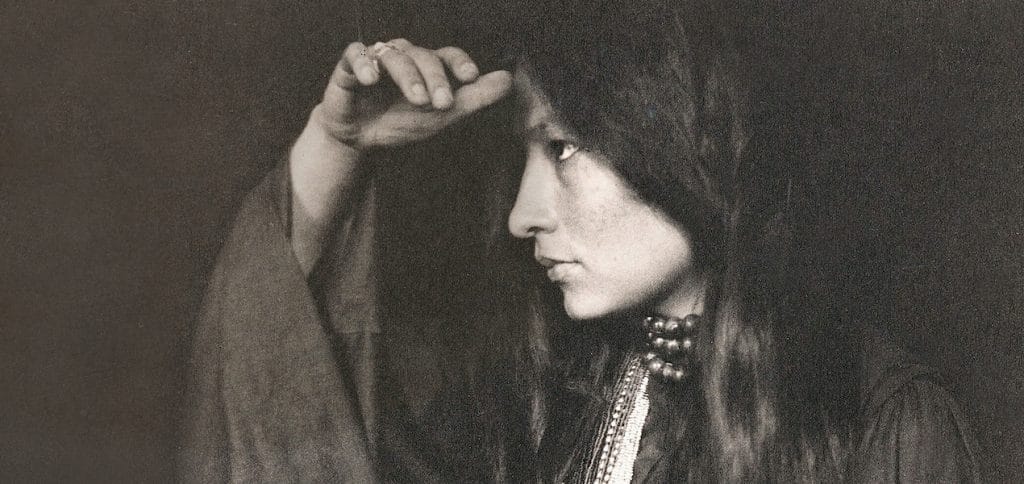Key Ideas
1. New opportunities arose in the realms of education, recreation, and social reform, but traditional gender roles and stereotypes still significantly shaped women’s lives.
2. While the era saw an increase in the number of women working for pay, the vast majority of women were still contributing to the family economy via unpaid housework and childcare.
3. Involvement in activism was a powerful outlet for women of diverse backgrounds to step beyond the home and fight for change.
4. The persistence of xenophobia and nativism often counterbalanced progressive ideals—not all women benefited from reform.
Introduction
Commonly known as the Progressive Era, the years between 1889 and 1920 saw rapid growth and change across the United States. Cities grew. Immigration expanded. Industries boomed. Women representing diverse racial, economic, and social backgrounds felt the dramatic changes of modern America deeply. Almost every aspect of their lives became a point of contention as the United States became an increasingly diversified, urbanized, and polarized nation.
This was the era of the suffragists, activists, and feminists. In 1889, a young college-educated woman named Jane Addams opened a settlement house in Chicago’s 19th Ward with her confidant and partner, Ellen Gates Star. Their work served as a model for aspiring reformers across the nation. By 1920, the world had lived through the Great War, and the Nineteenth Amendment promised that the right to vote could not be denied based on gender.

Rose O’Neill, Together for Home and Family, 1915. Courtesy of David O’Neill.
But was it truly a progressive era? While some women enjoyed newfound freedom and opportunity, most faced frequent restrictions. National and local policies limited the nature of paid work available to women, the types of women who could enter the country, and the extent to which women could control their own bodies. Beyond public policy, popular culture and personal belief prevented most women from enjoying the benefits of modern life. Racism and nativism prevailed, making daily life for Black women, immigrants, and all other minority groups a struggle. While some fortunate and ambitious women rose above the challenges, many found life in modern America to be a daily toil of work, family, and basic survival.

Madam C.J. Walker Manufacturing Co., Shampoo tin and original box, ca. 1910–1920. New-York Historical Society, Gift of Lisa Kugelman in memory of Thomas P. Kugelman.
This unit is broken into four sections: Modern Womanhood, Fighting for Social Reform, Woman Suffrage, and Xenophobia and Racism. Each section includes primary source materials and life stories that bring that aspect of the era to life. The sections are not mutually exclusive and intentionally overlap. America at the turn of the century was chaotic. Social reformers debated suffrage. College-educated women promoted racist, nativist policies. Young immigrants juggled long work hours with voluntary political activism. Housewives fought for influence outside the home while vehemently defending their role as the nation’s caretakers. Modernizing America truly comes to life when materials from multiple sections are examined together.

Helaine Victoria Press, Jovita Idar (1885-1946) [postcard], 1986. W075_029, Feminist Postcard Collection, Archives for Research on Women and Gender. Special Collections and Archives, Georgia State University.
You may choose to explore Modernizing America by section or by theme. To further support the work, the unit includes key ideas, essential questions, suggested readings, and art integration activities that empower students to engage with history through art making. On the resource level, you will see a student-friendly description of the resource, discussion questions, suggested activities, and links to related content on the WAMS website and beyond. Much like turn-of-the-century America, Modernizing America is a complex web of exciting, diverse, and thought-provoking ideas.
For an introduction to women’s activism and its connections to early feminism during this time period, watch the video below.
This video is from “Women Have Always Worked,” a free massive open online course produced in collaboration with Columbia University.
Unit Essential Questions
1. To what extent was this an era of modernity and progress? To what extent was it a continuation of traditional beliefs and stereotypes? How did women’s lives reveal this tension?
2. What new opportunities were available to women and how did they use these opportunities to redefine personal fulfillment and success?
3. How did the rise of social reform and activism shape the experience of American women? How did women use activism as an escape from traditional systems and structures?
Explore by Section
To learn about the Progressive era by topic, explore the four sections below!
Modern Womanhood
Modern womanhood included newfound freedom, but modern life also involved shaking off tradition and carving new paths to success.
Go NowFighting for Social Reform
For many women, political and social activism offered an opportunity to break from traditional roles and enact change. Social reformers came from almost every walk of life.
Go NowWoman Suffrage
The rise of social reform and progressive politics breathed fresh life into a movement that had begun decades earlier.
Go NowXenophobia and Racism
Although many social reformers of the era promised great change, the benefits of those changes were not always meant for all.
Go NowFor more information and resources about the Progressive Era, see our curriculum guide The Armory Show at 100.
Explore by Theme
Explore resources related to common curricular topics and themes.
View All Resources
Discover all the resources in this unit below and click through to the sections to find even more background information.







